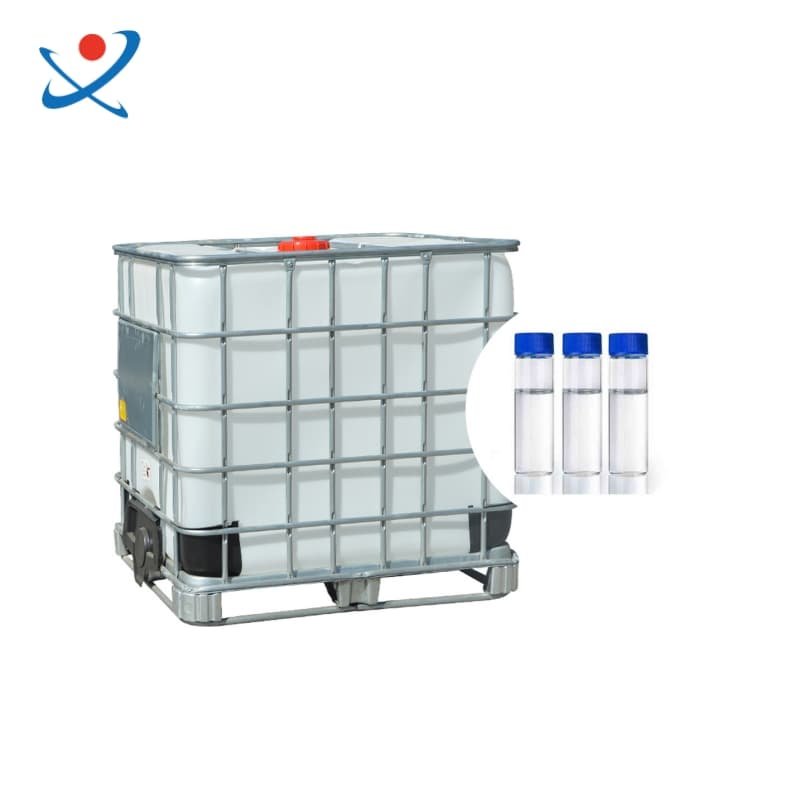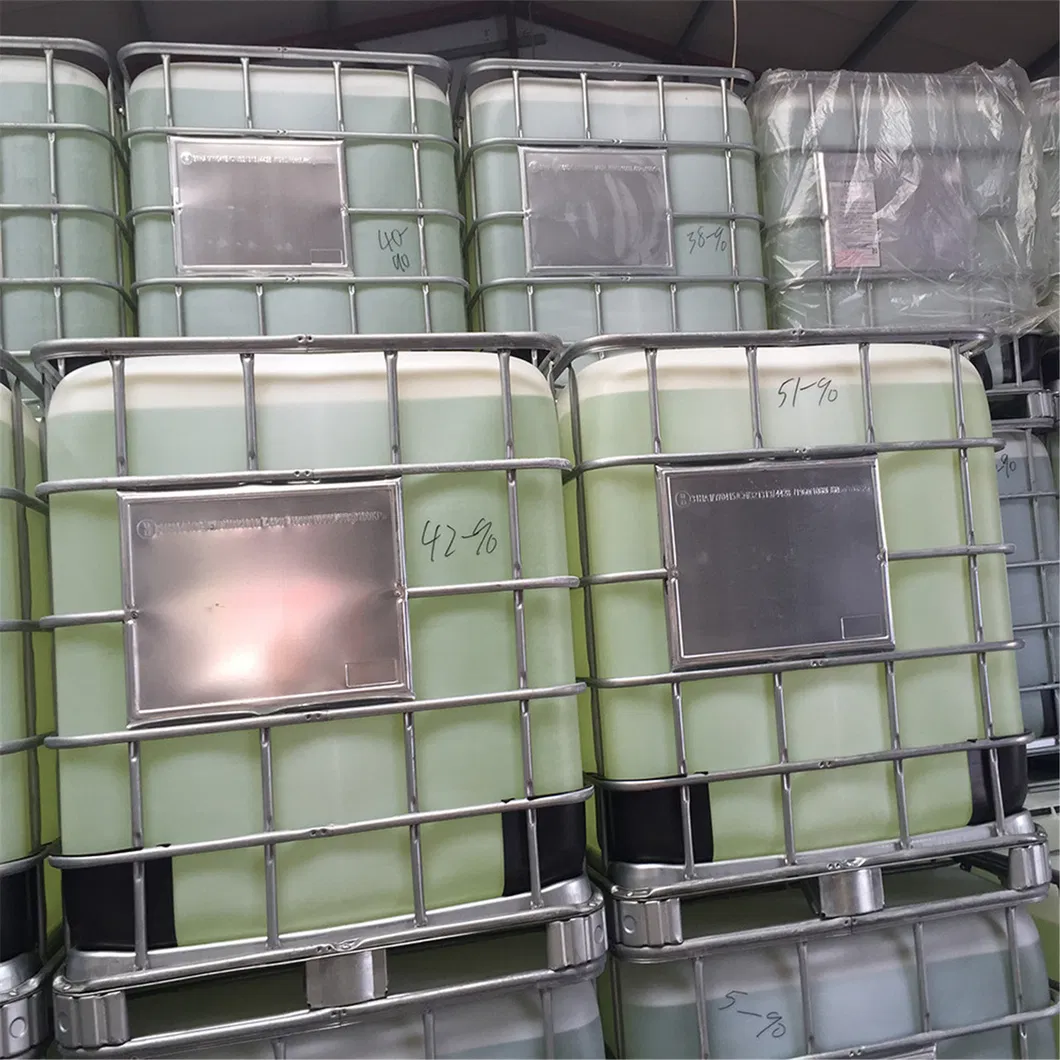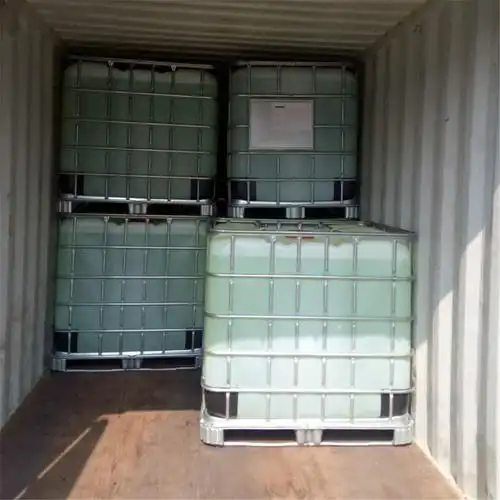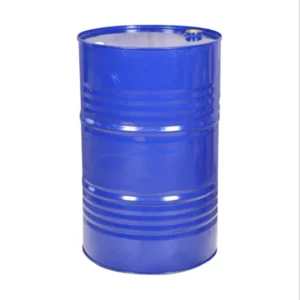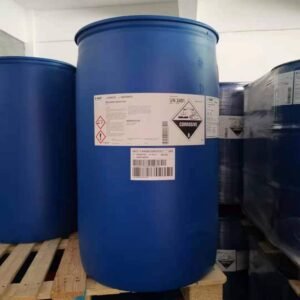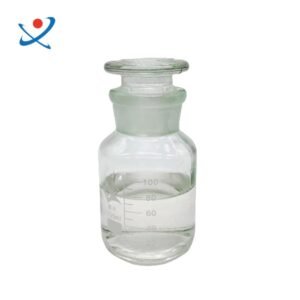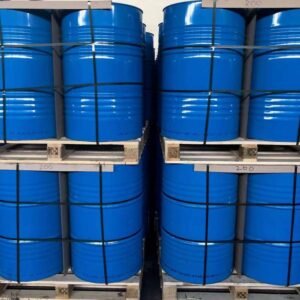Ethylene glycol:
Mainly used in the production of polyester polyester, polyester resin, hygroscopic agents, plasticizers, surfactants, synthetic fibers, cosmetics, and explosives, and as solvents for dyes, inks, anti freezing agents for engines, gas dehydrating agents, resin manufacturing, and wetting agents for cellophane, fibers, leather, and adhesives. It can produce synthetic resin PET, fiber grade PET (polyester fiber), and bottle grade PET for making mineral water bottles, etc. It can also produce alkyd resin, glyoxal, etc., and be used as an antifreeze. In addition to being used as an antifreeze for automobiles, it is also used for the transportation of industrial cooling capacity, commonly referred to as a refrigerant carrier, and can also be used as a condensing agent like water.
The ethylene glycol methyl ether series products are high-performance advanced organic solvents, used as solvents and diluents for printing inks, industrial cleaning agents, coatings (nitrocellulose paint, varnish, enamel), copper clad plates, printing and dyeing, etc; It can be used as a raw material for producing chemical products such as pesticide intermediates, pharmaceutical intermediates, and synthetic brake fluids; Used as an electrolyte for electrolytic capacitors, leather making chemical fiber dyeing agents, etc. Used as a textile additive, synthetic liquid dye, and raw material for desulfurization agents in fertilizer and oil refining production.
When using ethylene glycol as a refrigerant, attention should be paid to:
- Its freezing point changes with the concentration of ethylene glycol in the aqueous solution. When the concentration is below 60%, the concentration of ethylene glycol in the aqueous solution increases and the freezing point decreases. However, when the concentration exceeds 60%, the freezing point shows an upward trend with the increase of ethylene glycol concentration, and the viscosity also increases with the increase of concentration. When the concentration reaches 99.9%, its freezing point rises by * -13.2 ℃, which is an important reason why concentrated antifreeze (antifreeze mother liquor) cannot be directly used and must be noted by users.
- Ethylene glycol contains hydroxyl groups. When working at temperatures ranging from 80 ° C to 90 ° C for a long time, ethylene glycol is first oxidized to glycolic acid, which is then oxidized to oxalic acid, known as oxalic acid, which contains two carboxyl groups. Oxalic acid and its by-products first affect the central nervous system, then the heart, and then the kidneys. Without appropriate treatment, excessive intake of ethylene glycol can lead to death. Ethylene glycol ethylene glycol diacid causes corrosion to equipment and causes leakage. Therefore, in the prepared antifreeze, there must also be anti-corrosion agents to prevent corrosion of steel and aluminum and the formation of scale.

